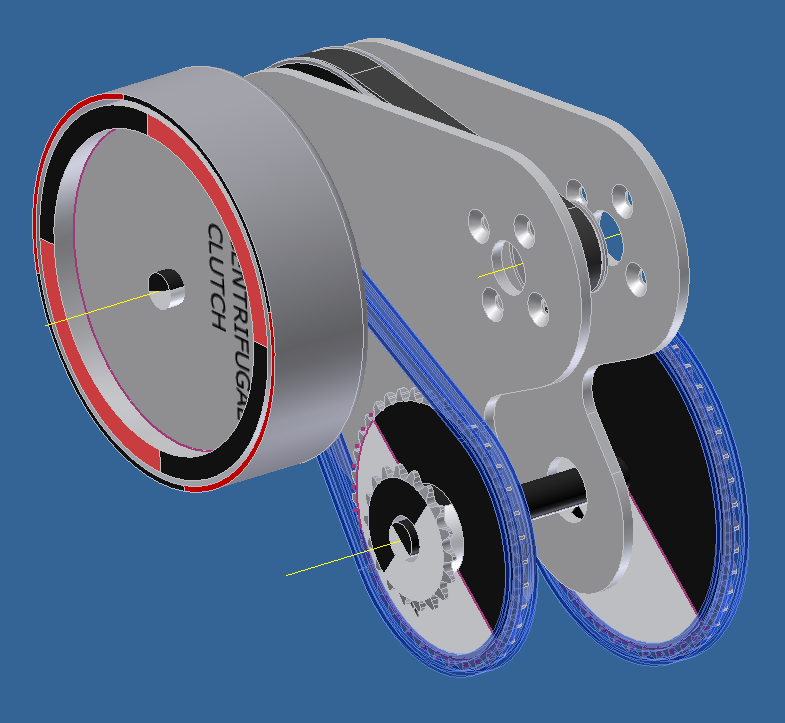Chalo said:
10-speed chain bushings are way narrower than 7 or 8. The sprockets are thinner. Things wear out faster because the critical wear surfaces are smaller. And in my observation, you need about double the precision in your parts and setup for each gear you add to the stack.
No lie. A 10-speed system does in fact need about eight times as much adjustment as 7-speed, and you have to replace the much more expensive parts much earlier. I know this because I have to do it all the time for all kinds of customers.
700 miles is not enough to draw conclusions about durability. Only a department store bike would give up that soon.
The sprockets are marginally thinner: as in, you need a caliper to measure the difference... they are not half the thickness... and the bushings main purpose is to mesh with the sprocket teeth not hold the chain together; so when the chain stretches is not just because bushings contact surface, its mainly because the plates stretch and those are the same thickness on the 7,8, 10 chains I own.
With that said tho, the bushing thickness is absolutely irrelevant because as long as the bushing thickness is greater than the teeth thickness to mesh, then only teeth thickness matters, and again, for the record, my 8spd and 10spd Shimano cassettes have almost the same sprocket thickness, just the spacing between cogs is much narrower on the 10 tho. So, from a durability standpoint, my 10 speed is the same as my 8 speed. You might chose to run 7 spd for price, which is fine; but not because its so less durable than a 7 spd.
Not sure what your customers do, but my experience has been very positive with the 10spd cassette/derailleur combo and a 3 chainring (for 20speed). Maybe the problem is these cheap 10 dollar chains people buy, which are probably made out of the elcheapo steel that stretches easily, b/c as you probably know not all steel alloys are made equal... so perhaps investing on a good chain might be worth it after all? I run mine with a KMC 10e chain and the chain is perfect.
Perhaps my RD-615 derailleur and SLX shifters were made by aliens because to this date I had to do zero alignments to it: shifts spot on, smooth, zero noise, instant shift, no chainslap, no skipping... Now, with the entry level (I would consider most 7-8 speed as entry level these days) stuff that I've used previously it did go out of alignment real fast. My original MTB Altus 7spd derailleur had significant play after only 400 miles riding my eBike and 100 miles after alignment it would start making clicking noises again, needing another alignment... the parallelogram on the Altus wobbled real bad and the cage moves... same with my older Alivio
So, if the high end stuff was so crappy that doesn't shift right, then why on Earth would Shimano bother selling anything above the Tourney groupset? This is nonsensical, you can't compare an XTR groupset to a 7 speed Altus, they are on different leagues as far as precision, softness, silent, feel, shifting consistency and durability; and the point is that when I thought my Deore 615+ with SLX shifters was the best thing since sliced bread, I tested an XTR shifter/derailleur combo... wow, that XTR gruppo was a dream how smooth and precise these are.
Also, the derailleur clutch is one of the best things that has happened to derailleur tech since I've been riding bikes in the 80s...
Its been 700 miles with my current 3000W Cyclone, but it had 400 miles already on it with the previous GNG kit (1200W max), so a total of about 1100 eBike miles.
Do I expect my drivetrain to last 10,000 miles? probably not, but 1100 miles is already way longer than I was led to believe.
G.



